
Deputy Prime Minister Tran Hong Ha: There must be a plan to calculate the scale, level (international, national, regional), technical standards, roadmap, and priority criteria for selecting investment in cultural and sports projects and works associated with urban infrastructure conditions, services, tourism, cultural identity, social life, etc. in regions, areas, and localities - Photo: VGP/Minh Khoi
Lack of connection, slow innovation in management thinking
According to the consulting unit, besides the achieved results, currently, the network of cultural and sports facilities is not reasonable, has no highlights, is not representative, lacks connection and interaction by region, area, object, as well as other fields (especially tourism , services) to create a spreading effect, highlighting the identity of the locality and region.
Infrastructure lacks synchronous and modern investment. Operational methods have not kept up with the trend of international integration and cooperation, and lack depth. The mindset of management agencies needs to change from "implementation" to "management", along with the completion of the legal corridor.
The general objective of the Plan is to develop a synchronous, modern and unique network of cultural and sports facilities; ensure fairness in participation and enjoyment of culture, physical education and sports of people in all regions and areas nationwide, especially ethnic minorities and vulnerable groups in society.
Well perform the task of preserving and promoting the value of national cultural identity, promoting the development of cultural industry, having connectivity, linking sectors, regions, and linking with other economic and social infrastructures.
Forming a breakthrough mechanism in attracting investment resources to develop a network of cultural and sports facilities linked to market mechanisms, creating conditions for the development of advantageous fields, becoming a resource for the development of cultural industry and sports economy; forming high-quality products and services to meet social needs.
The national sports facilities network has been developed in a modern manner, meeting the people's increasing demand for training and enjoyment of physical education and sports achievements; the international standard training requirements of athletes in sports that win continental and Olympic medals and organize sports events and regional and continental sports festivals.
The plan has set specific goals for developing a network of museums, libraries; cinema facilities, performing arts, cultural and artistic exhibitions, cultural centers at home and abroad, research and training in cultural and artistic fields; world heritages, special national monuments, etc.




Critics, leaders of ministries, sectors and localities said that the Planning must create open space for mobilizing resources in society - Photo: VGP/Minh Khoi
Ensuring consistency and synchronization with regional and national planning
The comments of the opposing committee members focused on clarifying the necessity of establishing a Plan for the cultural and sports network for the 2021-2030 period, with a vision to 2045 at the national level, the connection with the system of cultural and sports facilities at the local and grassroots levels; criteria for determining the list of projects proposed in the Plan; socialization mechanisms in implementing cultural and sports projects and works, etc.
Associate Professor, Dr. Nguyen Toan Thang emphasized that the orientation for developing the network of cultural and sports facilities must meet objective theoretical and practical requirements, promote effective use, avoid the situation where cultural and sports facilities are rarely used or used for the wrong purposes after inauguration; at the same time, not fall behind or deviate from the needs of cultural and sports development in the vision for 2045.
"In addition to the general criteria according to regional and international standards, it is necessary to analyze and supplement the standards and symbolic values of Vietnamese culture, focusing on the unique regional identity factors for cultural and sports works," Associate Professor, Dr. Nguyen Toan Thang suggested.
Meanwhile, Associate Professor, Dr. Vu Duc Minh said that although it is a national-level plan, the consulting unit needs to more carefully assess the situation of using cultural facilities and centers nationwide, especially at the commune, village, and hamlet levels that are operating ineffectively, not for the right purpose, and seriously degraded; human resources, facilities, technology, land funds; synchronization and consistency with related content in the national master plan, regional planning, national specialized planning, etc.
According to Dr. Vu Thai Hong, one of the very important fundamental causes leading to the shortcomings and limitations of the current network of cultural and sports facilities is the lack of appropriate socialization mechanisms and policies, creating favorable conditions for units to effectively implement autonomy. This is a problem for which the Planning needs to provide a clear and convincing solution.
Agreeing with the opposing opinions, Deputy Minister of Planning and Investment Nguyen Thi Bich Ngoc said that the Plan must create an open space for mobilizing resources in society, instead of only proposing investment projects using the state budget. "This is a national sectoral plan for national culture and sports, so it should not be limited to facilities under the management of the Ministry of Culture, Sports and Tourism and must be approached regionally and locally with cultural, social and human characteristics," Deputy Minister Nguyen Thi Bich Ngoc added.

Deputy Prime Minister Tran Hong Ha said that the use of national cultural and sports facilities should be multi-purpose, from national and international events to people's needs - Photo: VGP/Minh Khoi
Highlights, lasting architectural and cultural marks
Concluding the meeting, Deputy Prime Minister Tran Hong Ha emphasized the role and importance of the national network of grassroots, cultural and sports facilities, along with cultural and sports institutions at all levels, contributing to the comprehensive development of Vietnamese people in terms of physical and mental health, and the implementation of the country's economic and social goals and strategies.
Through the opinions at the meeting, the Deputy Prime Minister requested the consulting unit to review and update the objectives and related contents in the documents, resolutions, strategies, and action plans of the Party, State, and Government, as well as the national master plan, national sectoral plan, regional plan, etc. to clearly define the purposes and requirements for the Plan; refer to international experiences, criteria, and assessment standards.
Regarding some specific issues, the Deputy Prime Minister suggested that there must be a plan to calculate the scale, level (international, national, regional), technical standards, roadmap, and priority criteria for selecting investment projects and cultural and sports works associated with urban infrastructure conditions, services, tourism, cultural identity, social life, etc. in regions, areas, and localities. In addition, the use of national cultural and sports works is aimed at multiple purposes, from national and international events to people's needs.
From the discussions and analysis on the development orientation of the museum system, including the role of the State in forming outdoor museums on the basis of preserving and promoting cultural and historical relics and tangible and intangible heritages, indoor museums, national specialized museums, combined with private museums, the Deputy Prime Minister emphasized that there must be a clear and distinct design mindset, along with specific mechanisms and policies for the cultural and sports sector, "dividing the roles" of the State (central, local), society, and private sector in investing, managing, operating, and exploiting cultural and sports works, from existing to those that need to be upgraded or newly built, even "there are works at the national level but can be implemented by localities, society or the private sector".
"Planning is the unification in developing the network of cultural and sports facilities nationwide, so it is necessary to have opinions from localities, unions, and socio-political organizations to ensure connectivity, connection, and feasibility," the Deputy Prime Minister noted and emphasized: Cultural and sports facilities must become symbols of the 21st century, of an integrated and developed Vietnam, be highlights, lasting architectural and cultural marks, contributing to the development of green industries such as culture, tourism, etc.
Source


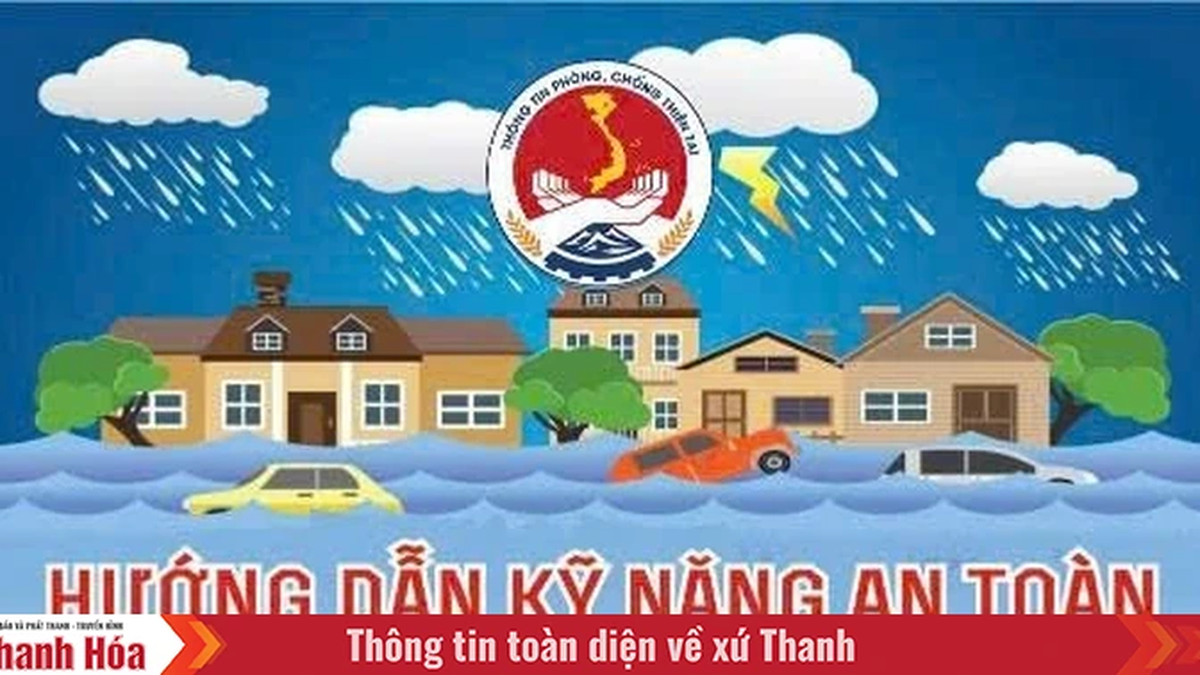
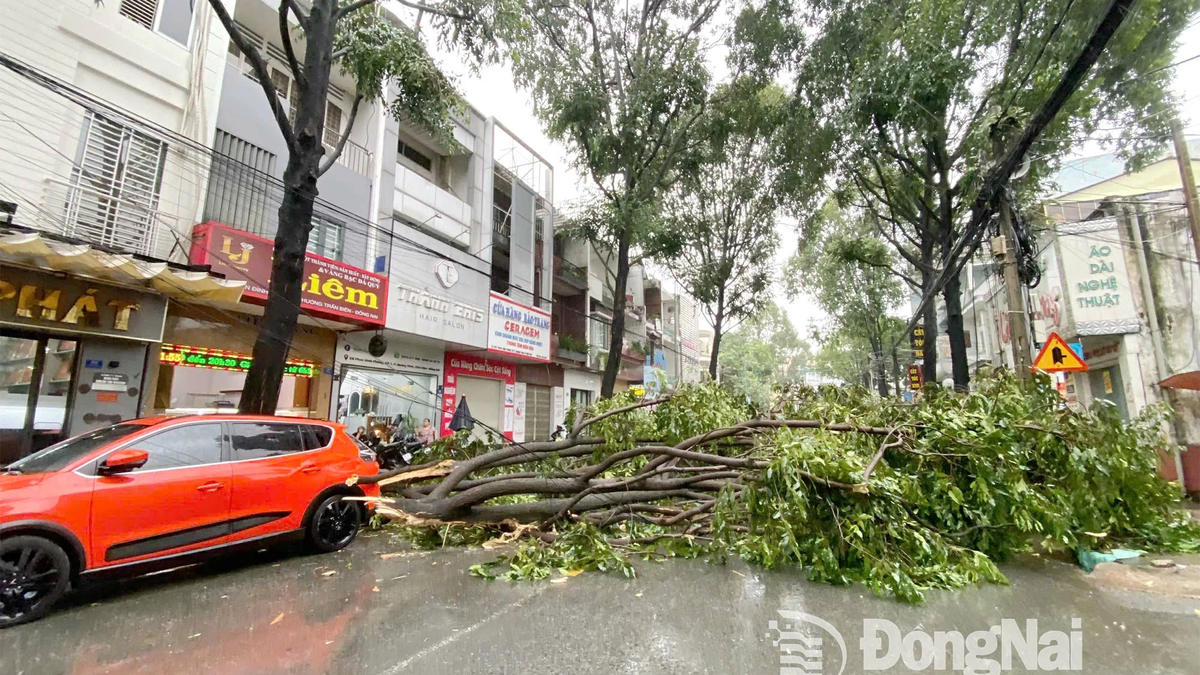
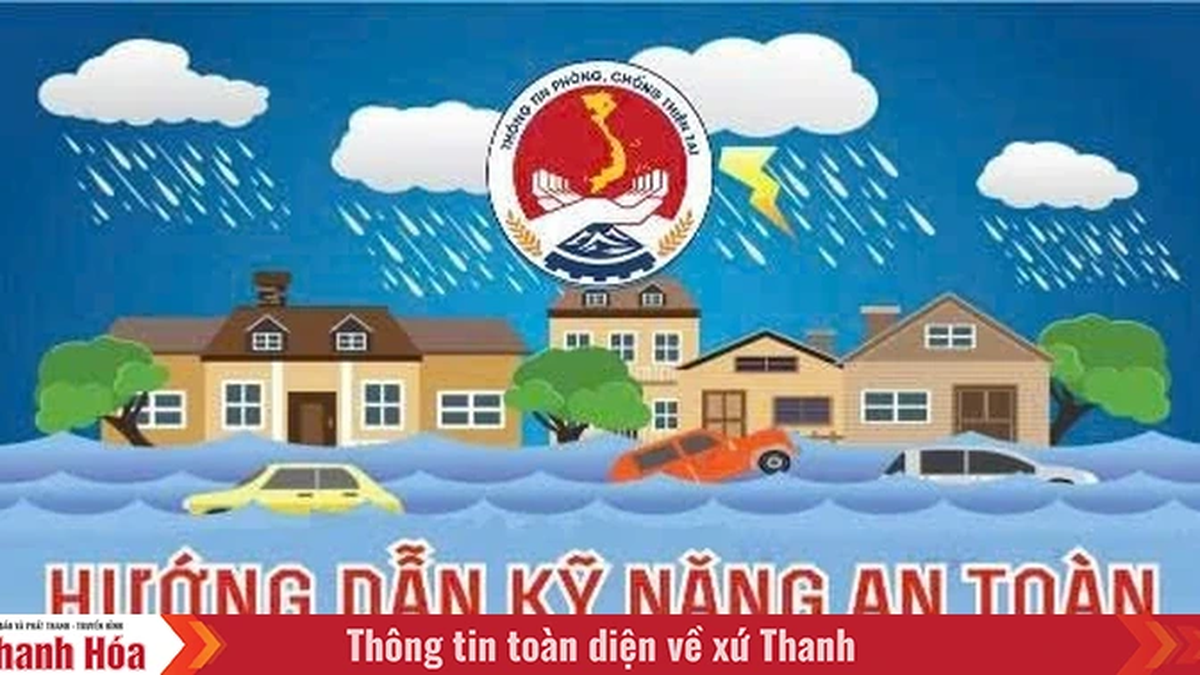
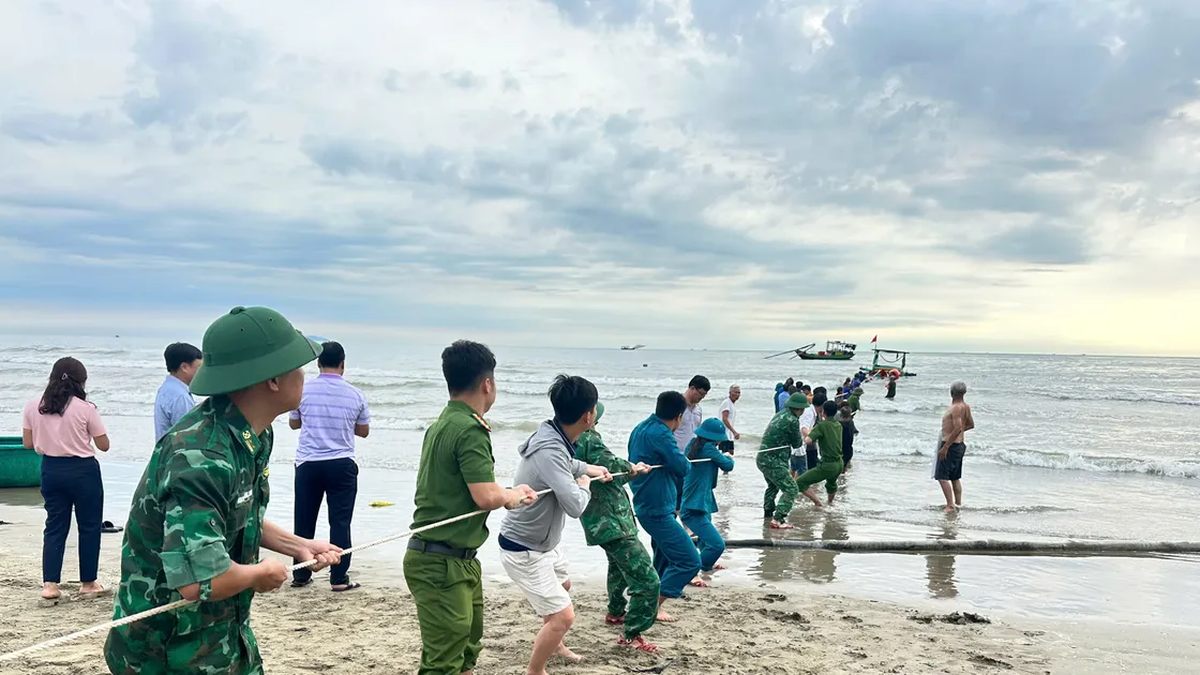
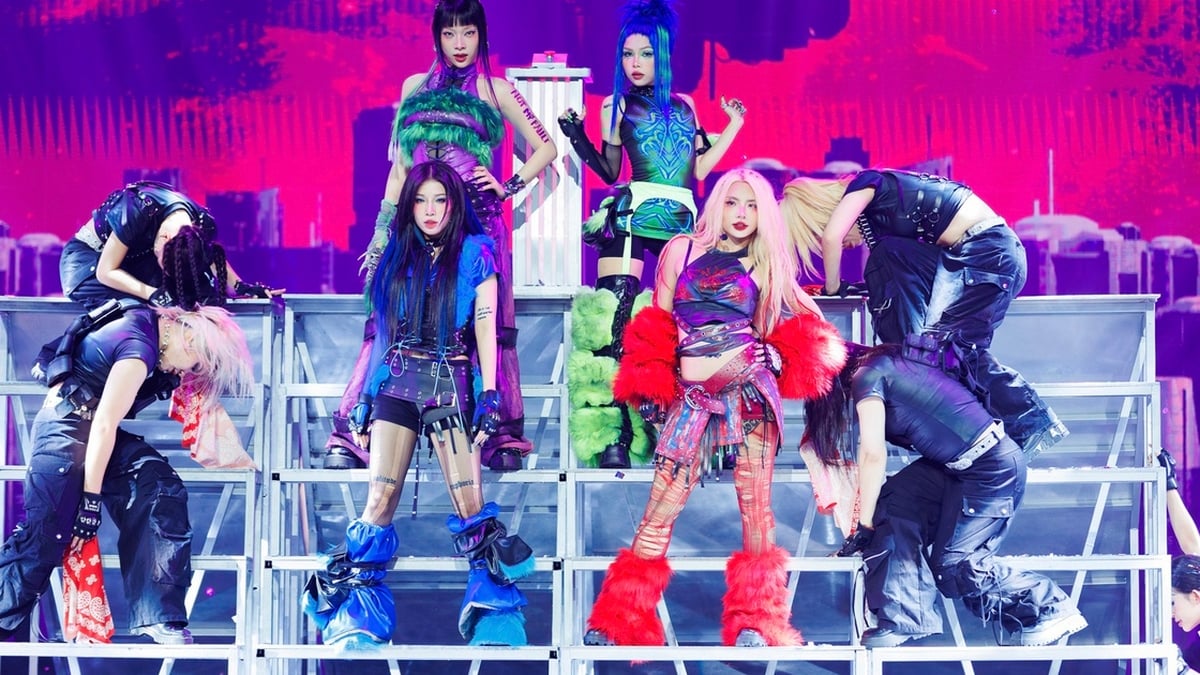
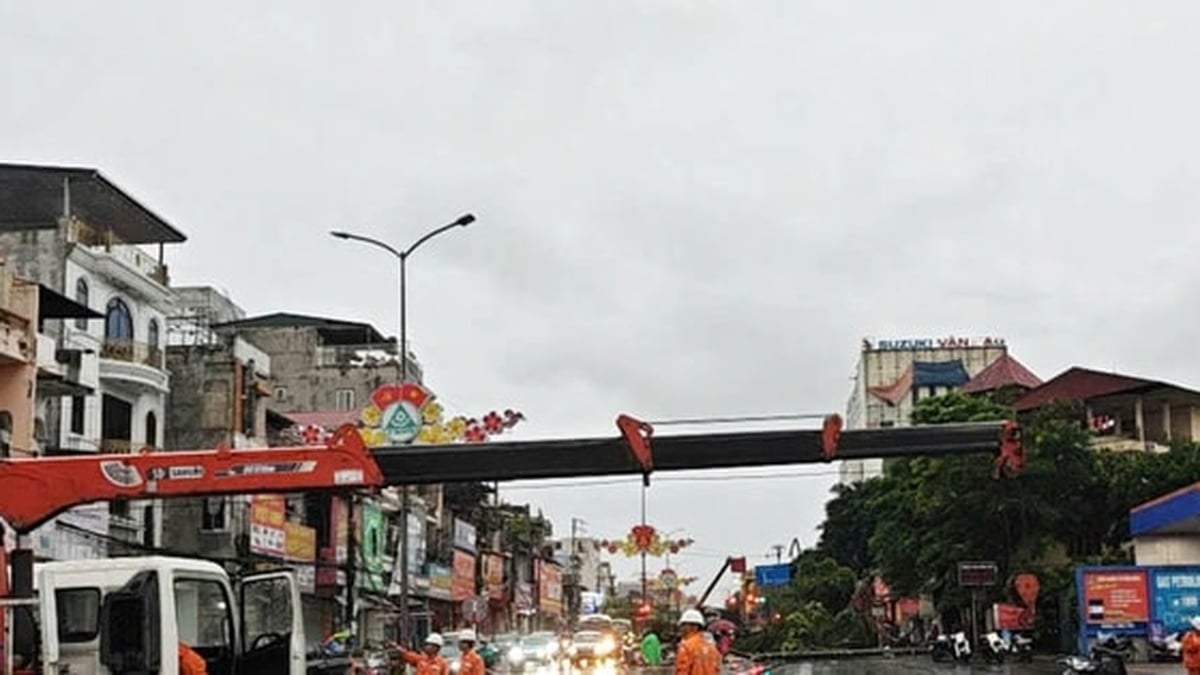
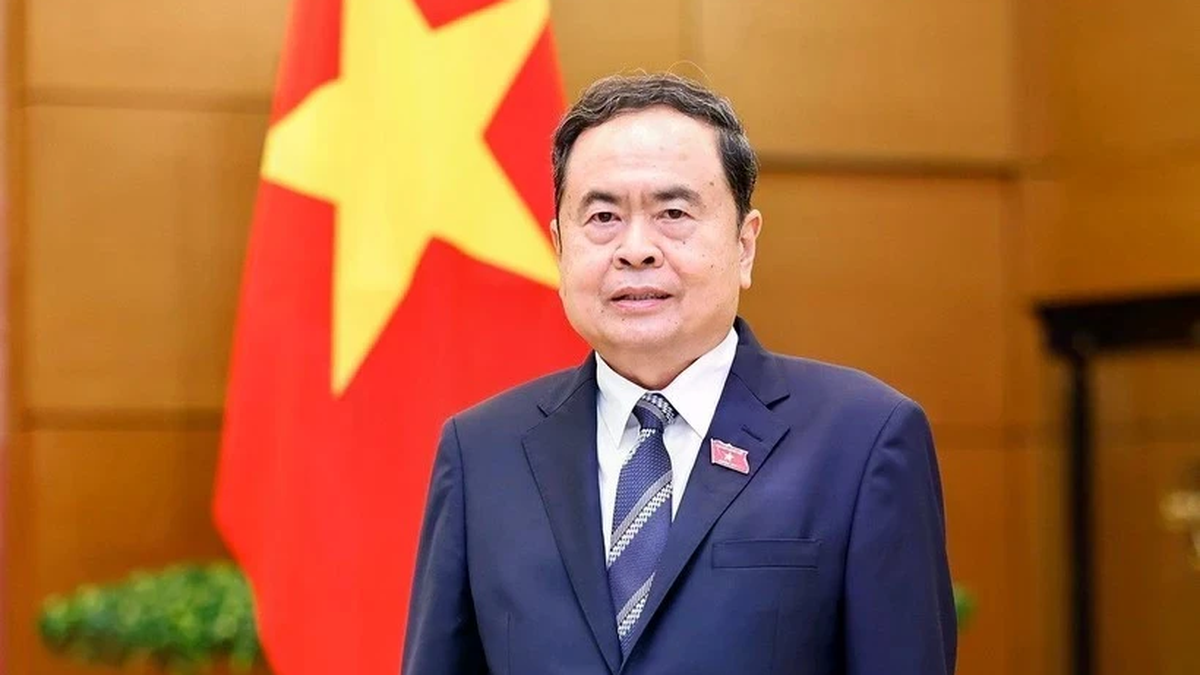
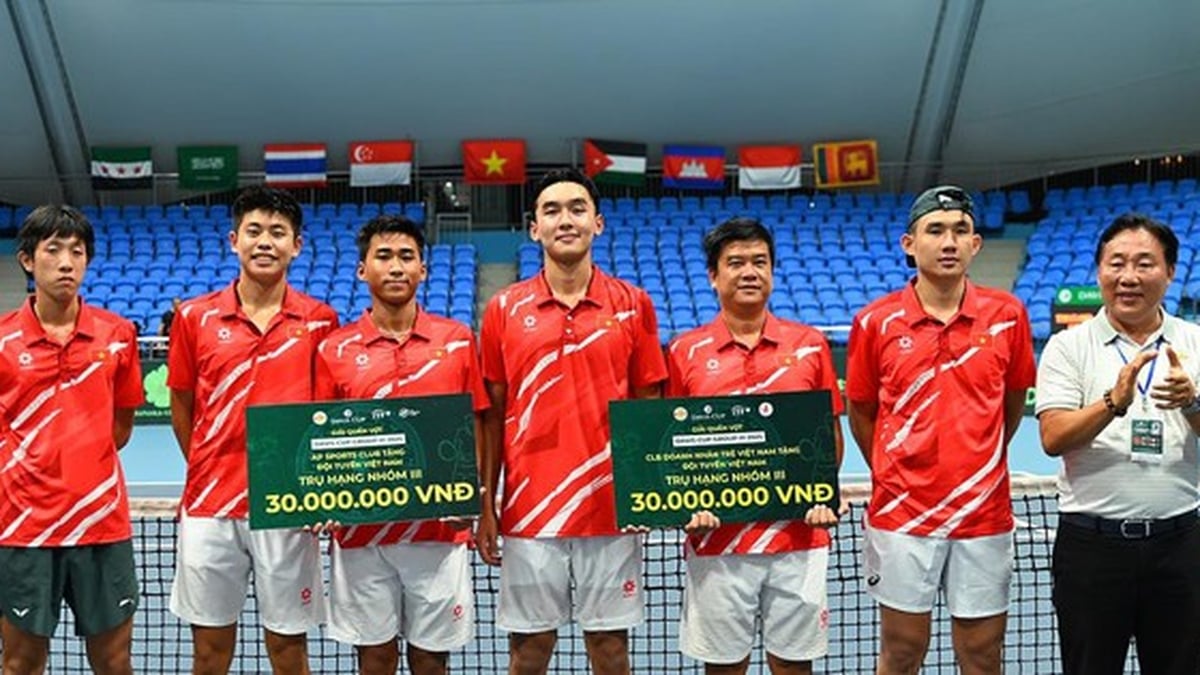
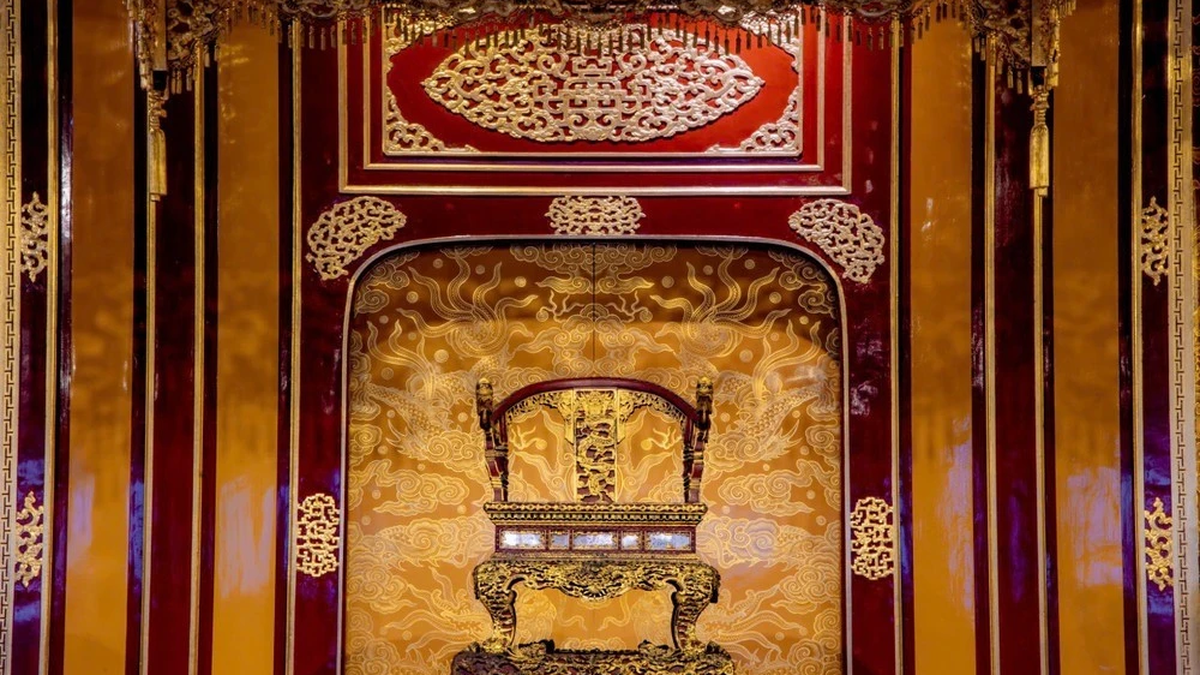
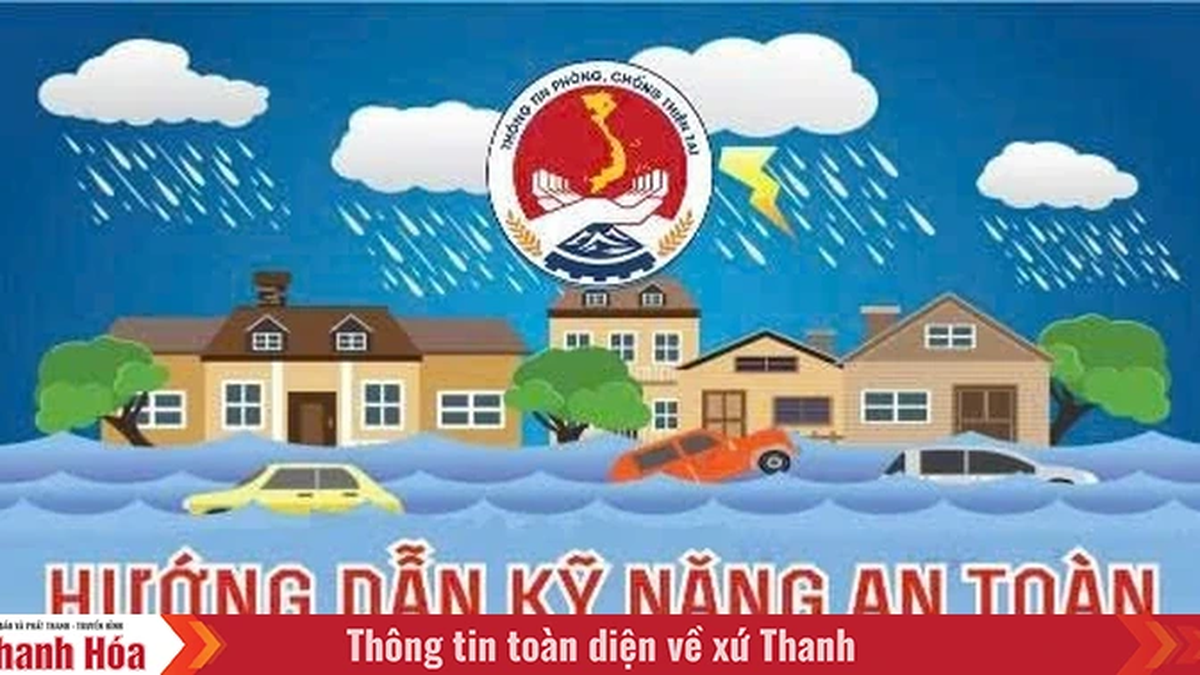


















![[Photo] National Assembly Chairman Tran Thanh Man visits Vietnamese Heroic Mother Ta Thi Tran](https://vphoto.vietnam.vn/thumb/1200x675/vietnam/resource/IMAGE/2025/7/20/765c0bd057dd44ad83ab89fe0255b783)





























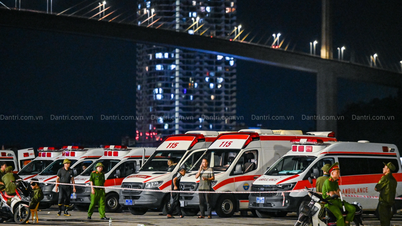
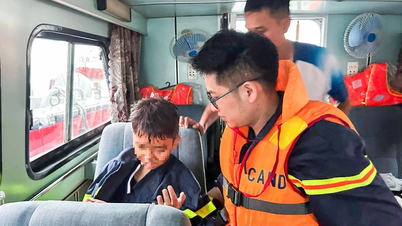

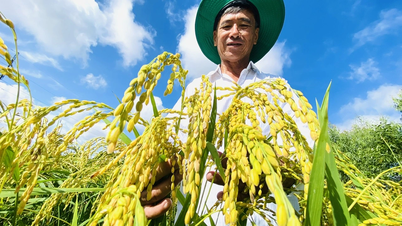
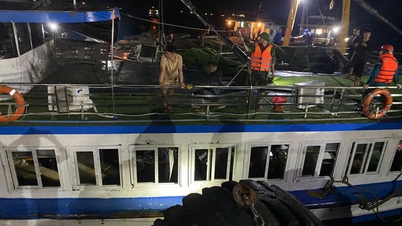
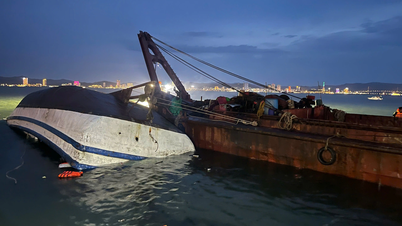

































Comment (0)